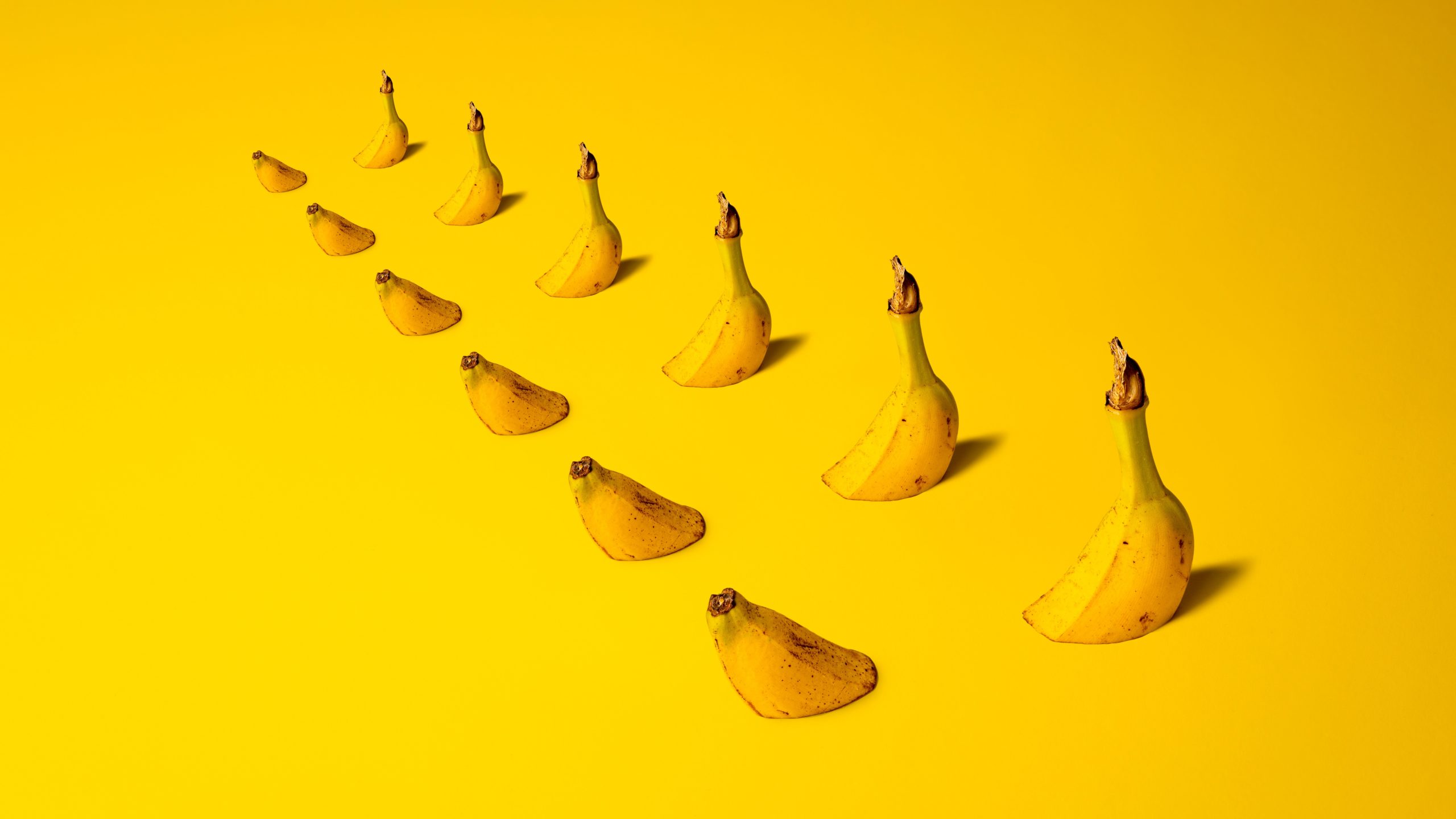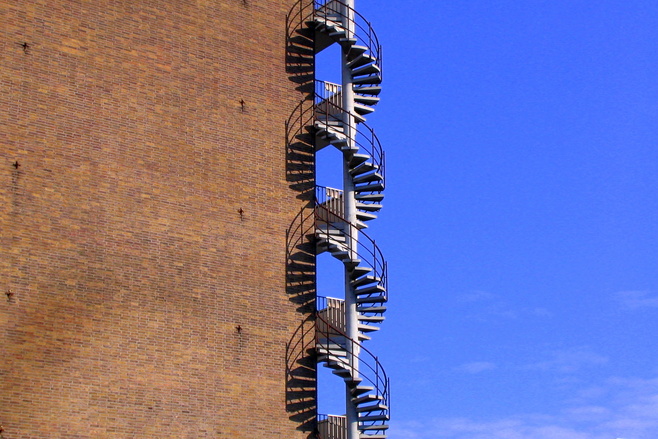Can We Save the Banana from Extinction?
Bananageddon.

There’s a problem over in the produce aisle: they’re running out of bananas. Panama disease—which has decimated banana crops in Asia, eastern Africa, and Australia—has finally gained a foothold in the New World. Left unchecked, the fungicide-resistant pathogen could devastate 99 per cent of the developed world’s banana production in the space of a few years.
In the 1950s, an outbreak of Fusarium oxysporum almost wiped out the Gros Michel banana, a slightly sweeter fruit that was the dominant cultivar at the time. The blight was identified in Panama in 1890—it causes the plant to rot from the inside out—but then spread throughout Central and South America, bringing the banana industry to the end of days in less than a decade.
Researchers found that the Cavendish cultivar possessed a natural resistance to the disease. In the 1960s, growers planted Cavendishes instead. Or, rather, cloned them: commercial plantations reproduce their crop asexually, replanting the plant’s basal shoot over and over, rather than growing banana plants from seeds.
And therein lies the problem. Because most banana plants share the same genetic defences, an attacking pathogen can have an outsized effect on the entire population. The Cavendish is resistant to the older Race 1 of Panama disease, but it has no defence against a relatively newer strain called Tropical Race 4.
Geneticists are racing to analyze and splice banana genes in an effort to make the fruit more resistant to Panama disease. In the supermarket, there’s mainly one type of banana on offer. In the wild, there are over 1,000. Most of these aren’t commercially viable—they’re too small, too acidic, too easily bruised, too quick to ripen—but their genes may well hold the secret to building a super banana that laughs in the face of fungus.
Industrial monoculture is an efficient way to feed a lot of people—it makes planting, growing, harvesting, and shipping a lot easier. But in an era of rapid climate change and evolving germs, an agricultural economic system that forces us to go all-in on one genome presents a big risk. Instead of myriad variants, sub-variants, and even mutations that may offer natural protection against plagues, pests, and predators, we’re left with ever-larger doses of chemicals and ever-diminishing hope. Call it a biogenetic wake-up call.
_________
Never miss a story. Sign up for NUVO’s weekly newsletter here.








